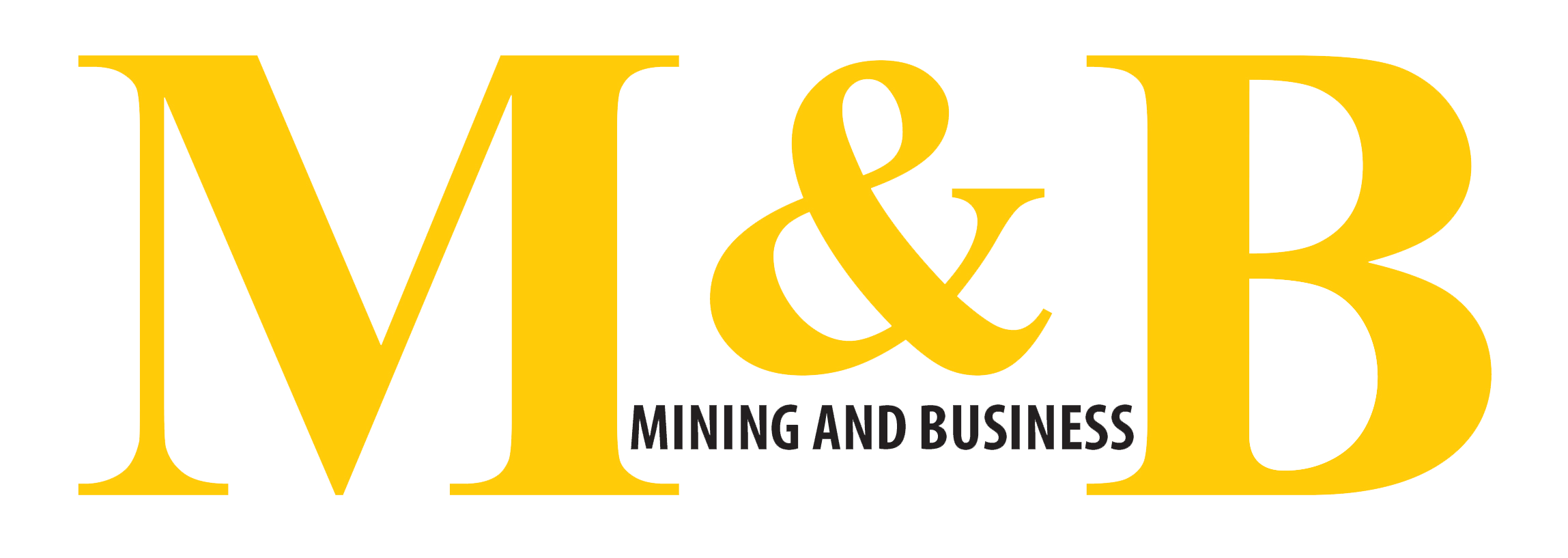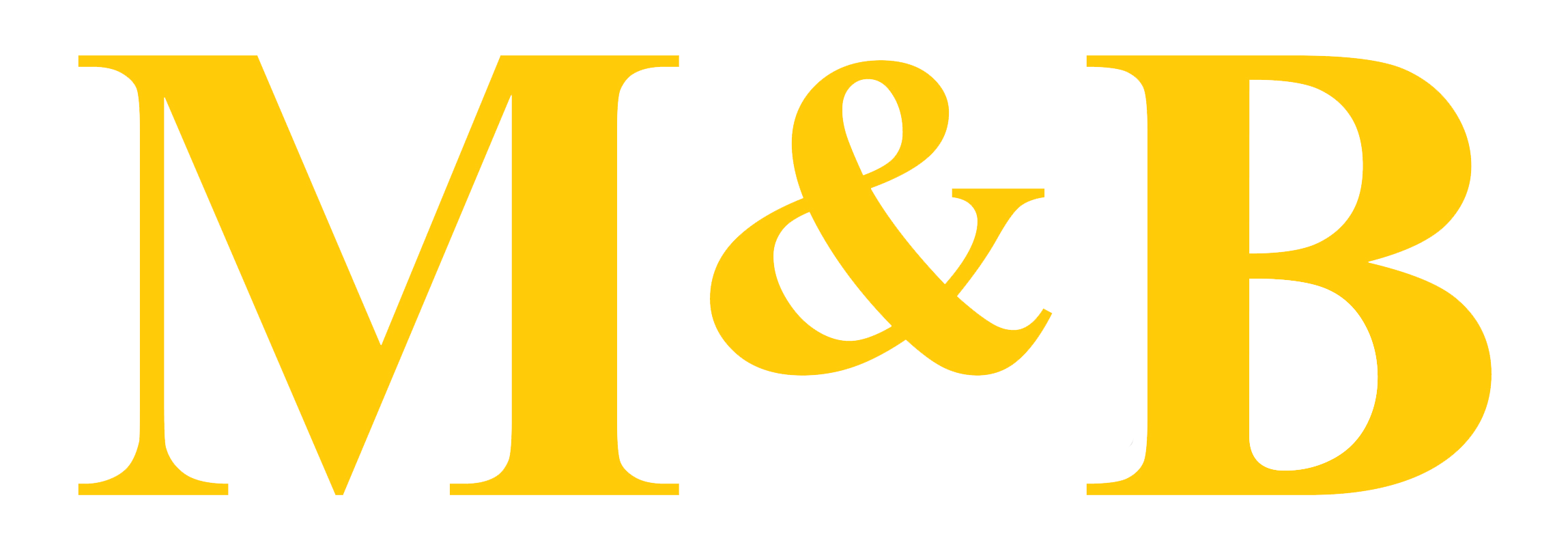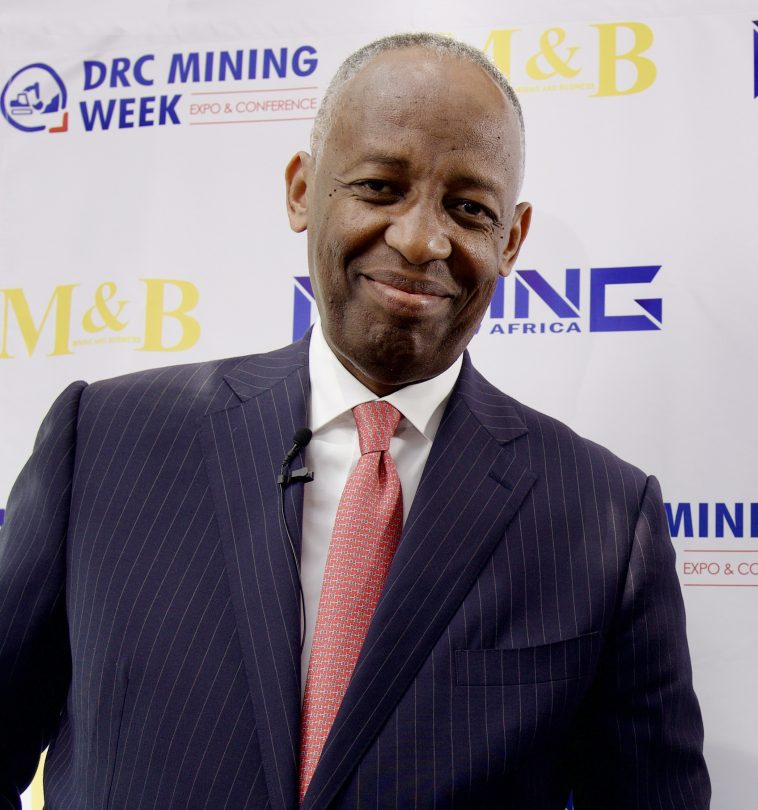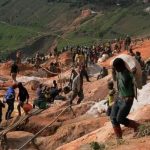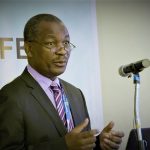Today, we are the world’s second largest copper producer
Could you briefly introduce yourself, please?
Very briefly, I’m a director of the Fédération des Entreprises du Congo. I was vice-president of the Chamber of Mines for almost 15 years. At the moment, I’m the national chairman of the artisanal mining commission at the Fédération des entreprises du Congo. I’m also a director of the Franco-Congolese Chamber of Commerce. I’m a mining entrepreneur. And at the moment, I work for a very large mining company called Trafigura, one of the big international traders.
Mr John Kanyoni, could you give us an overview of the current state of the mining sector?
As you know, the mining sector in the DRC is developing very positively at the moment. Compared with previous years, just to give you a few figures, we have produced almost 3 million copper cathodes. Real growth. We are now the world’s second largest copper producer. We have projects that will enable us to play a very decisive role in the coming years in the copper sector. I’m not going to talk about cobalt, because we’re number one. We are also Africa’s leading producer of coltan. Second in tin. Even for coltan, we are practically number one in the world.
Could you tell us about the mining sector’s contribution to GDP?
The mining sector contributed 53% to GDP last year. If I also have to talk about the mining sector’s contribution to the country’s economic growth, we contributed 6% in 2023.
This is to show you the role that this sector plays. But at the same time, we have to recognise that there is still much room for improvement. We are working closely with our government to further improve governance in the mining sector. We are also working closely with governments to see how our tax system, especially the parafiscal system, can be made as attractive as possible. As you know, we have already changed our mining code. It was amended in 2018 compared to the previous one, but there is still a lot more work to be done to attract more investment. And we at the Chamber of Mines see our government as our partner in moving forward together.
Our big problem is the energy deficit. As a result, our sector is currently unable to fulfil its real potential. On this subject, and as you know, we discussed this energy deficit problem for a few days at the conference. We are in the process of looking at how to rectify it. We are at 1,200 megawatts at the moment, just for the mining industry in the Haut-Katanga area.
So those are some of our challenges. Investing in infrastructure too. As I was saying, here, for example, Trafigura, our group, has invested in what we call the Lobito corridors, where we are going to see how we can, in a few years’ time, transport practically 35% of the mining production in the Katanga area.
Finally, how did you find this 19th edition of DRC Mining Week?
It’s bigger than the others, firstly in terms of the themes on the agenda, but also in terms of the number of participants. We feel that DRC Mining Week is becoming the mining event par excellence in our country ?
M&B
